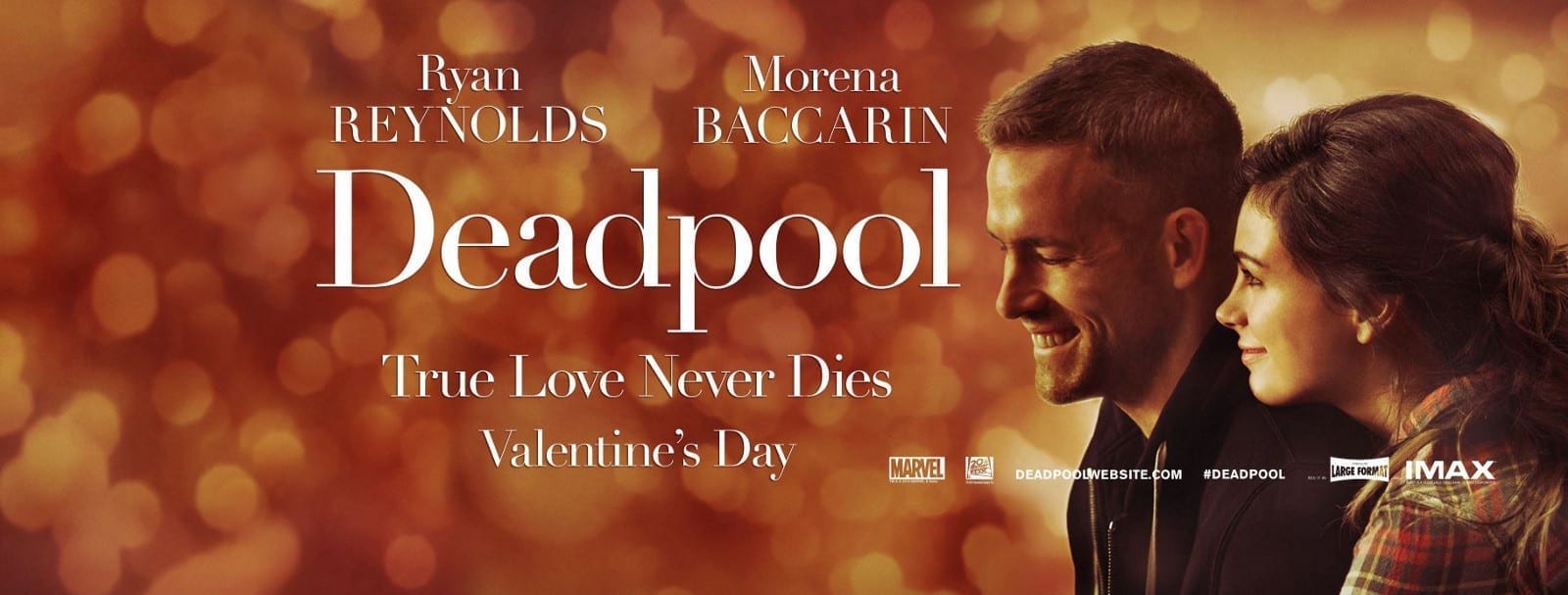Gaining attention for your brand gets harder every day. Over 400 hours of video is uploaded to YouTube every minute. There are more than half a billion new tweets every day. Breaking through to a wider audience—even reaching a niche, target audience—can seem virtually impossible.
Even so, companies and agencies of all sizes are creating campaigns that compel consumers to like, comment, and share. But viral content isn’t just memes and cat videos. Some campaigns are funny, and some, like the 2014 #LikeAGirl campaign from Always, are enlightening and heart wrenching. What they all have in common, though, is a strong emotional core.
Campaigns with emotional triggers will move people, get them talking, and compel them to share. But consumers can’t be conned, and authenticity can’t be faked. We believe that genuinely caring about your purpose, your product, and—most importantly—your audience is absolutely necessary when creating content and, along with authentic emotion, is the core concept behind viral marketing.
Over the last few years, companies have spearheaded some truly remarkable campaigns. Some are funny. Some are heartbreaking. And some provide genuine insight into the human condition and expose deep, universal truths. There isn’t one secret to creating viral content, but they all have some common elements. All it takes is a genuine capacity for emotion, a clever idea, and expert implementation.
These five campaigns are proof of concept:
Always
#LikeAGirl (2014)
The #LikeAGirl campaign from Always makes everyone at IDealogic® tear up. Always’ “epic battle to keep girls’ confidence high” exposes a deep-seated cultural truth and seeks to start a movement for change.
The video asks a simple question: what does it mean to do things like a girl? It begins by asking adults to perform certain actions “like a girl.” Predictably, participants pretend to run, throw, and fight in a weak, spastic, and all around embarrassing manner. Young girls are then asked to perform the same actions, which they do with strength, stamina, and confidence. The message is clear within the first thirty seconds: “Like a girl” is an insult, and has a profoundly negative effect of the way women perceive themselves. Always wants to change that.
The campaign works on a number of levels. It’s emotional, profound, contemporary, and, above all, genuine. Always didn’t manufacture controversy or division to spread their brand, they called attention to a cultural flaw and called for change. Always positioned itself as a champion of gender equality, a company that cares about people as more than consumers. It’s a powerful, timeless message that touches all demographics and creates a movement.
Social Media Marketing for Deadpool (2016)

Fox’s 2016 adaptation of Marvel’s delightfully deviant “Merc with a Mouth,” Deadpool went from beloved but somewhat obscure comic book title to household name and bona fide movie star, thanks largely to its deft marketing campaign.
Predominantly led by lead actor Ryan Reynolds, the social media posts regularly saw record-shattering engagement. In line with the character’s tendency to break the fourth wall, marketing for Deadpool centered on tongue-in-cheek references, obnoxiously inaccurate genre tropes, and a complete disregard for anything remotely family-friendly. Coupled with it’s “12 Days of Deadpool” campaign leading to its Christmas Day trailer release, Deadpool was gaining between 10,000 and 20,000 tweets per day. The tenacious appeal to humor paid off handsomely: Deadpool opened to a $70M opening weekend on a $58M budget.
Dove
Real Beauty Sketches (2013)
Similar to the Always campaign mentioned above, Dove’s “Real Beauty Sketches was a heartbreaking and enlightening promotional video that generated record-breaking online interest.
“Real Beauty Sketches” drew attention to the contrast between how women view themselves and how others see them. The Unilever brand intended to share its message worldwide: Dove uploaded the video in 25 languages and reached consumers in more than 110 countries. With more than 114 million views and nearly 4 million shares in its first month, Dove’s positive message and heart wrenching realness was the epitome of human-focused branding and was touted by Entrepreneur Magazine as “the new face of viral marketing success.”
Reebok
Be More Human (2016)
“The average human lives for 25,915 days. How will you honor the days you have left?” Reebok’s viral hit may have seemed a bit morbid for some, but it’s modern rendition of carpe diem was a powerful reminder that life is too short not to live. The campaign slogan, “Be More Human,” invited users share their fitness progress and number of days on Reebok’s campaign site.
The campaign was a hit for Reebok because it took the universal, primal fear of death and turned it into a personal call to action. It relayed a sense of urgency and created a compelling and actionable initiative that resonated with millions of people.
Intel
Meet the Makers (2015)
Intel’s five-part “Meet the Makers” series reads more like a mini-documentary than branded content. These inspirational and moving videos profile different individuals around the world as they use Intel products to create new technology and change lives.
The most popular entry, featured above, profiles a 13-year-old boy who used Intel’s technology to prototype and build an affordable braille printer to empower the blind to read. The common theme throughout the videos is that Intel, as a brand, empowers people all over the world to invent, to build, and—most importantly—to help people. The mini-documentaries appeal to the emotional core that holds communities together, and generates genuine interest in helping people.
Though the “Meet the Makers” campaign is significantly smaller than the others mentioned, it has nonetheless garnered 1.5 million views to date.
[divider]I know it’s a bit off-tempo—and hopefully not too tone deaf—to suggest commonalities between campaigns like #LikeAGirl and Deadpool’s social media marketing, but both appeal to an emotional core that brought people out in droves and propelled their brands forward within their respective markets. Some of these campaigns picked up steam because of their quality, and some were specifically designed to become viral hits. What worked for all the above strategies wasn’t their pricing or their cleverness; the campaigns were effective because they offered a genuine look into the personality of their respective brands. Authenticity can’t be faked, and by appealing to a true sense of humanity, each of the brands above bolstered their image—and their sales—to new heights.
There’s no specific formula, no one rule, for creating viral content. But great ideas coupled with expert execution to circulate messaging and authenticity are the keys to creating a strong brand voice—a human voice—that can become part of consumers’ lifestyles and garner a loyal following.



